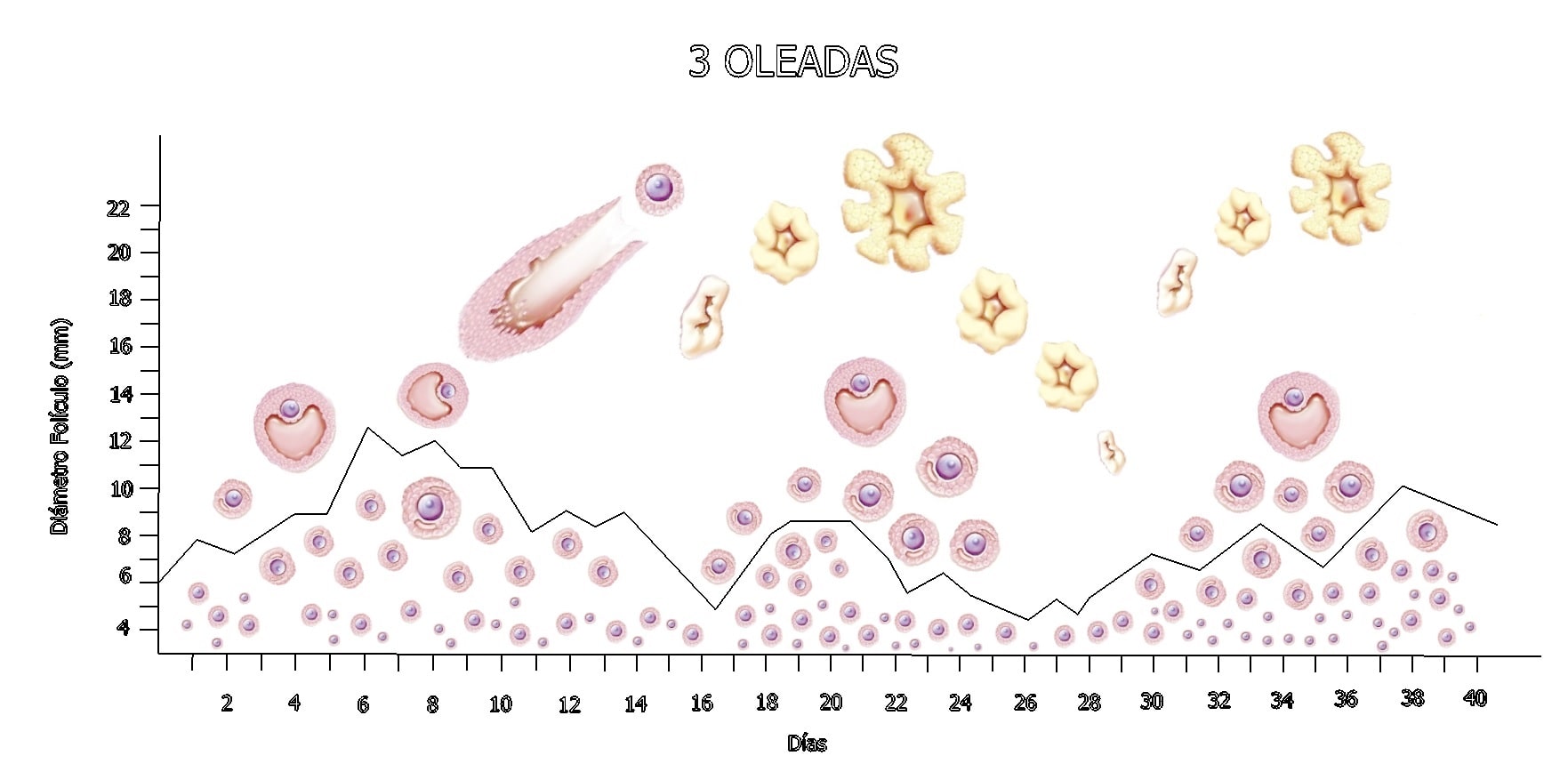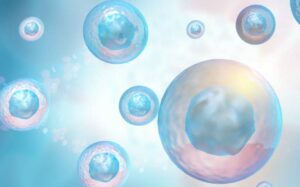- The DuoStim protocol consists of performing two consecutive stimulations without waiting for menstruation
- IVI is the first to compare DuoStim results with those of two conventional delayed stimulations. The main difference is the reduction of the time necessary to obtain a healthy embryo by nearly half
- DuoStim is proposed as a major tool for less than optimal patients who need to accumulate embryos to perform preimplantation genetic diagnosis
Once again, IVI wins the race against time, on this occasion using the DuoStim strategy. At the annual ESHRE congress today, Dr María Cerrillo, a gynaecologist with IVI Madrid, presented the work titled “The DuoStim strategy shortens the time to obtain an euploid embryo in poor prognosis patients: a non-inferiority randomized controlled trial”. This is an alternative for less than optimal patients – poor responders – who need to accumulate a large number of oocytes, and later embryos, in the shortest time possible, to perform a preimplantation genetic test (PGT-A). For patients with severe prognoses, reducing the time to obtain oocytes and embryos is key to having a healthy baby.
“The DuoStim idea arose after verifying that oocytes obtained in phases other than the follicular phase are equally useful and viable. Although there have already been studies and data on performing two consecutive stimulations in certain patients, we are the first to conduct a comparison of two stimulations in the same cycle with two delayed stimulations. The conclusion was that patients stimulated by DuoStim were able to reduce by half the time necessary to obtain a healthy embryo for transfer, therefore making a reduction in the time to achieve pregnancy more likely”, explains Dr Cerrillo.
Recruited for this study were 80 patients all over age 38 who, due to their characteristics, required a PGT-A. Two groups were established, one with DuoStim (the DuoStim protocol consists of performing two consecutive stimulations, the second after the puncture of the first, without waiting for menstruation), and another with two delayed stimulations.
Finally, after some were excluded, there was a sample of 27 patients in each of the groups. As noted by Dr María Cerrillo, “upon comparing the results of the two groups, it was determined that there was no variation in the days on which the two stimulations were performed, nor in the number of oocytes or healthy embryos obtained. The main difference was in the number of days that were necessary to obtain a healthy embryo. In the case of the patients stimulated with DuoStim, the time necessary to obtain a euploid embryo was 23.3 days versus 44.1 days in the control group, or group of patients stimulated by means of two conventional delayed stimulations”.
Three common questions arise from a gynaecological perspective: how to mature the oocytes to schedule the puncture; whether it is necessary to leave the smaller oocytes without extracting them when making the first puncture; and how long it is necessary to wait between the first puncture and the second stimulation. In the case of IVI, the response to this last question is to wait five days to start the second stimulation after the puncture.
The characteristics of the patients in both groups were similar (over 38, mean AMH 0.92, similar BMI and antral follicle count). The differences in the cycles between both groups were also similar (gonadotropin dose, days of stimulation, fertilisation rate, blastocyst rate, implantation, pregnancy, etc.). The only difference was the time needed to obtain a (chromosomally normal or healthy) euploid embryo, in which case the time was cut by half.
“DuoStim is proposed as a fundamental tool for patients with the need to accumulate oocytes, who need to have and accumulate the largest number of healthy embryos for purposes of performing preimplantation genetic diagnosis; less than optimal patients, or poor responders, with a certain profile, for whom we would be saving very valuable time, time which they do not always have”, Dr. Cerrillo notes.





